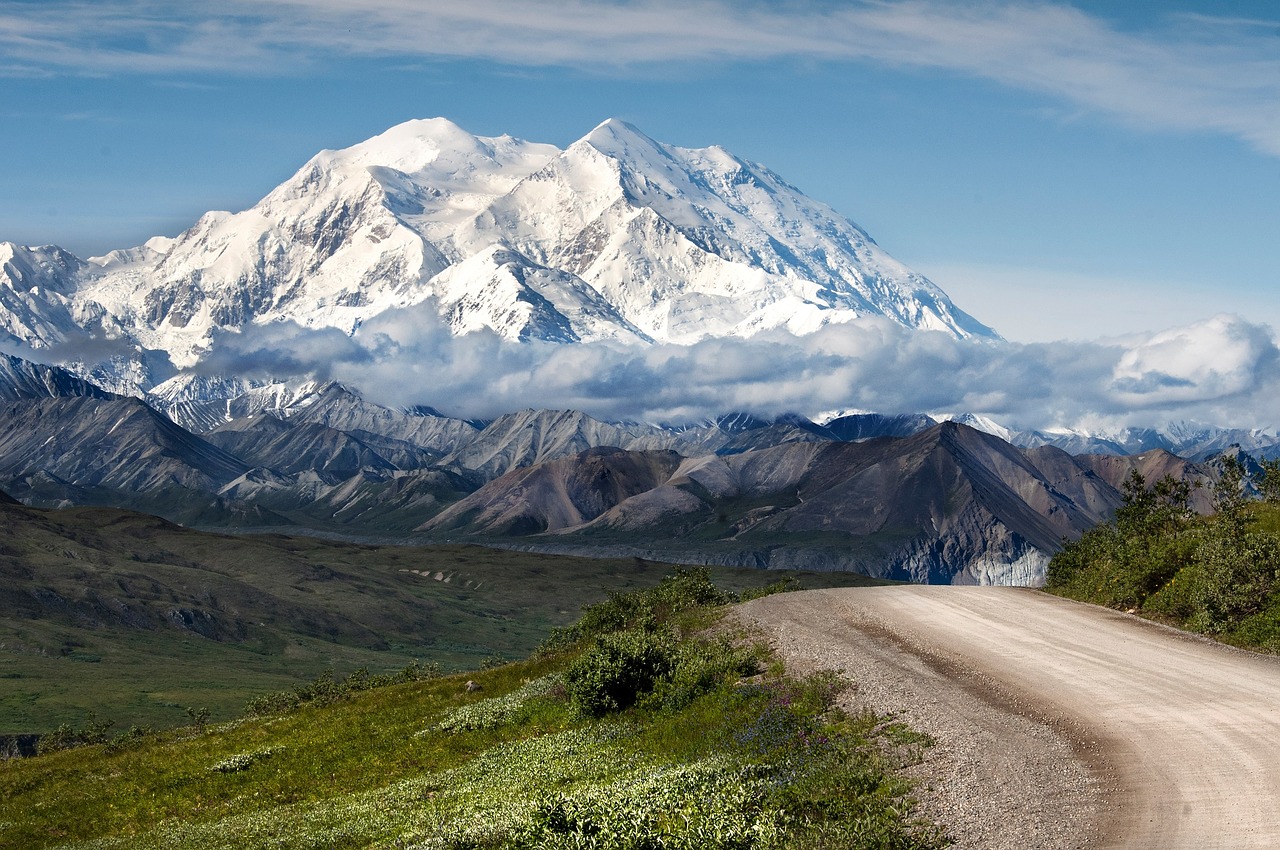Arctic Agriculture: Alaska Eyes New Crops for Added Food Security
Author: Hannah Hoag | Published: November 8, 2016
In Alaska vegetables and other foods are shipped long distances to reach store shelves and dinner plates. But the region’s changing climate and the introduction of new technologies is making local farming increasingly feasible. Some farms are thriving.
With the right investments in research and infrastructure, farming could become more profitable in Alaska and less of an alien concept, says Milan Shipka, the director of the Agricultural and Forestry Experiment Station at the University of Alaska Fairbanks. Root crops and tubers do well in Alaska, but grasses and grains, leafy greens and flowers can also succeed.
There are more than 750 farms in Alaska, including some that produce more than $500,000 annually. But, like elsewhere in the U.S., the average age of a farmer in Alaska is tipping toward 60. “If we’re going to talk about all the things that we can grow in the Arctic, then we have to talk about who is going to grow these things. We have to create enterprises that can support them economically,” says Shipka.
To dig deeper into the future of Alaskan agriculture, Arctic Deeply recently spoke Shipka.
Arctic Deeply: How has, or how is, climate change altering agriculture in Alaska?
Milan Shipka: People on the ground in the North, including Alaska, they see a change happening. It’s not uncommon to talk to somebody who’s been in the area for many years and hear them refer to “when it used to get cold.” For example, the number of frost-free days in Fairbanks have increased by 50 percent from about 80 to 120 per year. That’s phenomenal. But these things aren’t only changing in the summer. We certainly don’t see the cold in the winter that we used to see.
Arctic Deeply: What does that expansion of frost-free days mean when it comes to growing produce?
Shipka: It means new varieties, new cultivars that we have not been able to grow here before. There are many I could name, spring wheat is one example. Wheat has been impossible to grow at our latitude. But we are now seeing a longer growing season and, with the right selection of varieties, we can create a cultivar that will make it to maturity. It is completely possible to have a successful harvest.

